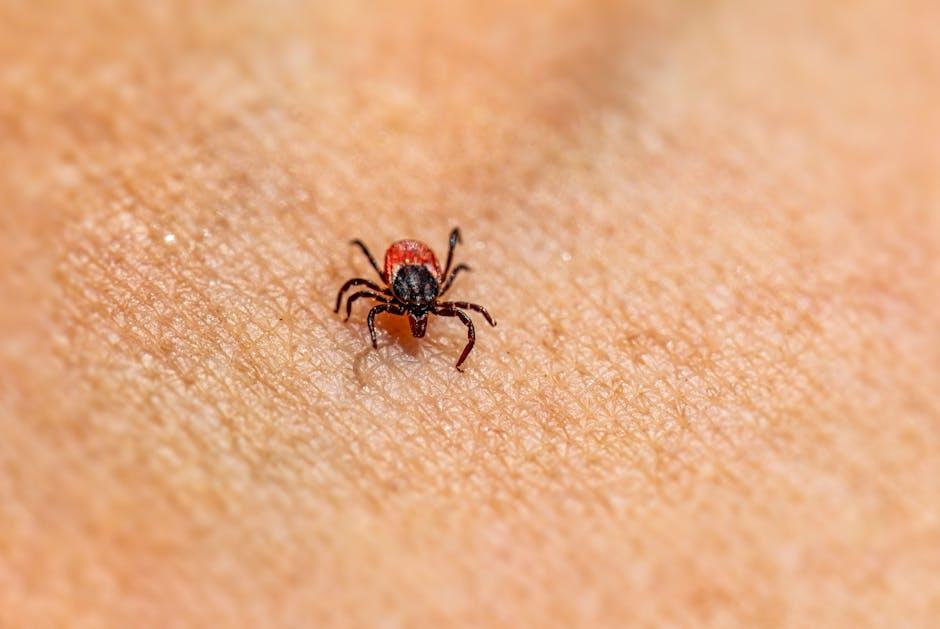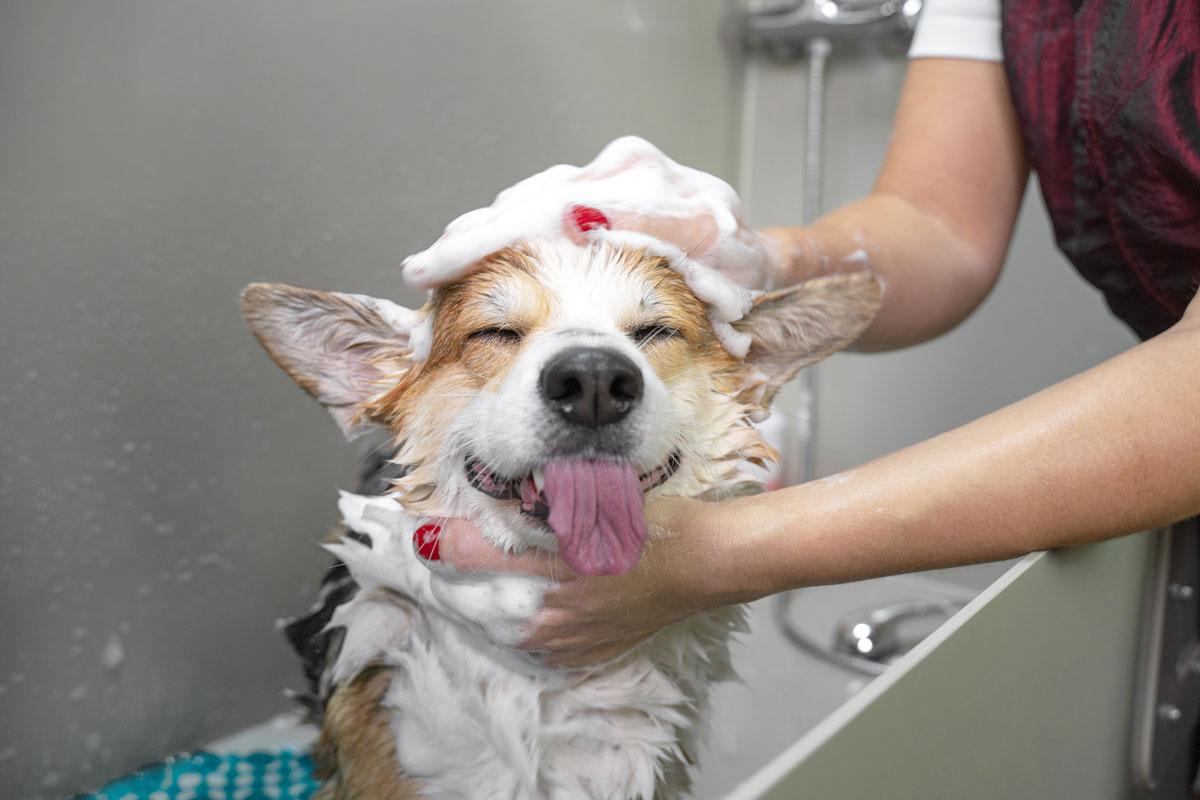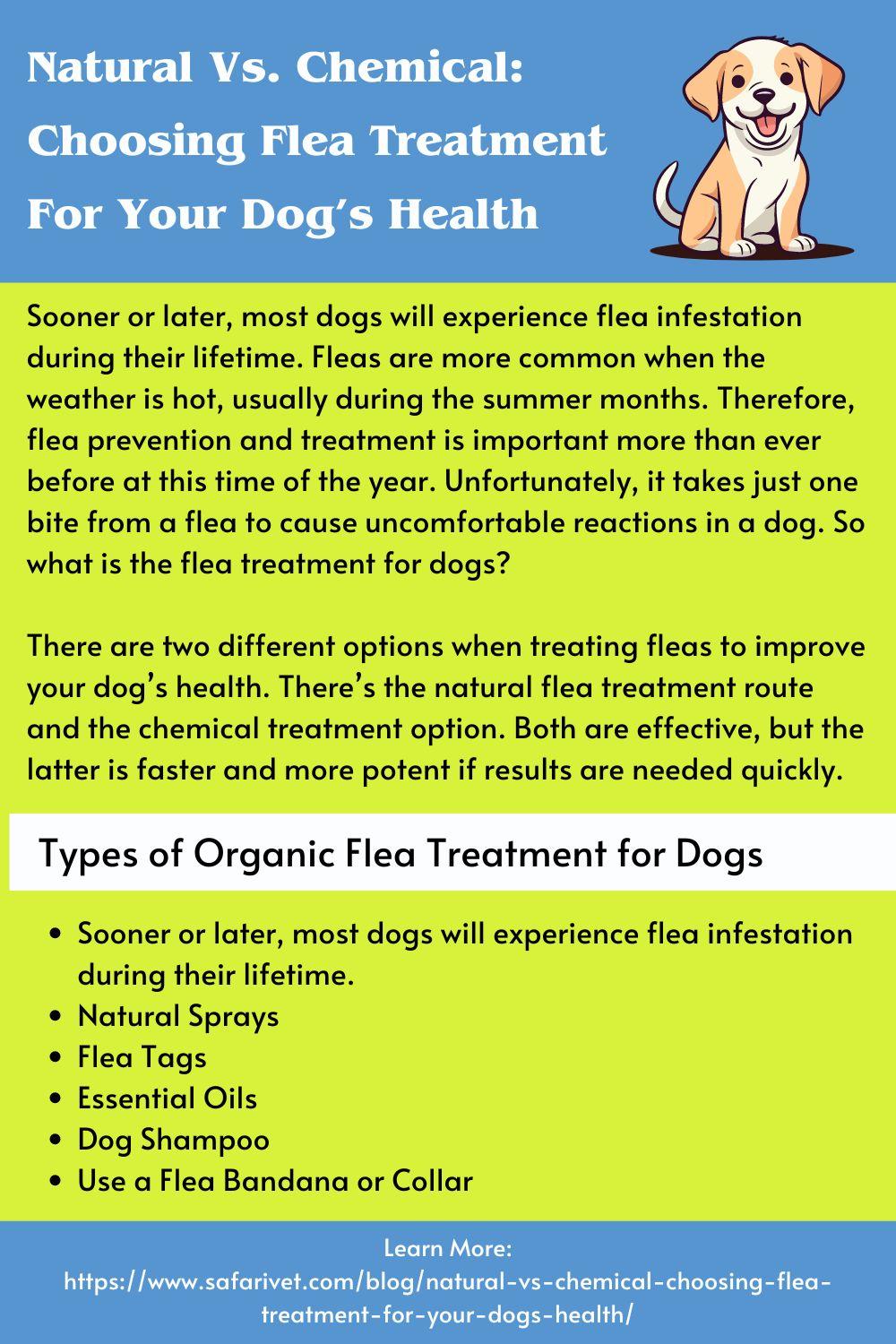Keeping your furry friend safe and healthy is a top priority for every pet owner, and protecting them from pesky fleas and ticks is a crucial part of that responsibility. These tiny parasites can cause significant discomfort and lead to serious health issues for your dog, including skin irritations, allergic reactions, and even diseases. In this guide, we’ll explore practical and effective strategies to safeguard your dog from fleas and ticks, ensuring they remain happy and itch-free. From understanding the risks to implementing preventive measures and treatments, we’ll walk you through everything you need to know with warmth and care, so you and your canine companion can enjoy worry-free adventures together.
Choosing the Right Preventative Treatments for Your Furry Friend
Selecting the ideal preventative measures for your canine companion is essential to ensure their health and happiness. Consider the specific needs of your dog when choosing treatments. Factors like age, breed, and health conditions can influence the type of preventative care required. Consult your veterinarian for personalized advice. Here are some key options to consider:
- Topical Treatments: Applied directly to your dog’s skin, these solutions can effectively ward off fleas and ticks for up to a month. They are convenient and water-resistant, making them a popular choice.
- Oral Medications: These are often available in chewable forms that dogs love, providing protection from the inside out. Oral treatments can offer extended protection and are less likely to wash off during baths or swims.
- Collars: Flea and tick collars release active ingredients over time, offering long-lasting protection. They’re a hassle-free option for pet owners seeking continuous prevention without the need for monthly applications.
Each method has its own benefits and potential drawbacks, so it’s important to weigh these against your lifestyle and your pet’s needs. Remember, regular grooming and thorough checks after outdoor activities can complement these treatments, ensuring your furry friend stays itch-free and healthy.

Creating a Flea and Tick-Free Home Environment
Ensuring a pest-free sanctuary for your beloved canine companion involves a few strategic yet straightforward steps. Start by regularly vacuuming your home, especially focusing on areas where your dog spends the most time. This will help remove any flea eggs or larvae that might be hiding in carpets or upholstery. It’s also essential to wash your dog’s bedding and any soft furnishings they frequent with hot water on a regular basis. The heat will effectively eliminate any pests or eggs that may have found their way into the fabric.
Consider using natural deterrents to bolster your defense against these unwelcome guests. Sprinkling diatomaceous earth on carpets and pet bedding can act as a non-toxic barrier against fleas and ticks. Additionally, keeping your yard tidy by regularly mowing the lawn and trimming bushes will reduce the habitats where ticks thrive. You might also plant flea-repelling herbs such as rosemary or lavender around your home. Here are some additional tips to create a flea and tick-free zone:
- Regular Grooming: Brush your dog frequently and check for any signs of fleas or ticks.
- Use Preventative Treatments: Consult with your vet about the best flea and tick prevention products for your dog.
- Check for Cracks: Seal any cracks or crevices in your home where pests might enter.
- Limit Wildlife Access: Prevent wild animals from entering your yard, as they can carry fleas and ticks.

Daily Checks and Grooming: Your First Line of Defense
Ensuring your furry friend stays flea and tick-free starts with a routine of attentive daily checks and grooming. This proactive approach not only helps in detecting any unwanted hitchhikers early but also strengthens the bond with your pet. Begin by setting aside a few minutes each day to thoroughly examine your dog’s coat. Pay special attention to areas where fleas and ticks like to hide, such as the neck, behind the ears, under the collar, and around the tail. Use your fingers to gently part the fur and look for any signs of fleas, such as small black specks or actual fleas jumping. Ticks, on the other hand, might appear as small, dark lumps attached to the skin.
Regular grooming is your ally in this battle. Consider the following tips to enhance your grooming routine:
- Brush daily: Use a fine-toothed comb or a flea comb to catch any fleas and their eggs.
- Bath time: Bathe your dog with a veterinarian-recommended flea and tick shampoo. Be sure to follow instructions carefully for maximum effectiveness.
- Inspect paws: Don’t forget to check between your dog’s toes where ticks can often hide.
- Ear checks: Use a soft cloth to gently clean your dog’s ears, looking out for any signs of irritation or ticks.
By incorporating these simple steps into your daily routine, you’ll not only keep your dog safe from fleas and ticks but also enjoy quality time together, enhancing your pet’s health and happiness.

Understanding Seasonal Risks and Adjusting Your Strategy
Fleas and ticks have their peak seasons, which can vary depending on your geographical location. Understanding these seasonal risks is crucial for protecting your furry friend. Fleas tend to thrive in warm, humid conditions, making spring and summer their prime time. Meanwhile, ticks can be a year-round concern but are particularly active in the warmer months and during the fall.
To adjust your strategy effectively, consider the following:
- Regular Checks: Make it a habit to inspect your dog for fleas and ticks, especially after walks in wooded or grassy areas.
- Preventative Treatments: Consult your vet about flea and tick preventatives that suit your dog’s needs and local climate.
- Home Environment: Keep your home and yard clean and well-maintained to reduce flea and tick habitats.
- Seasonal Awareness: Be aware of the seasonal patterns in your area and adjust your preventative measures accordingly.

